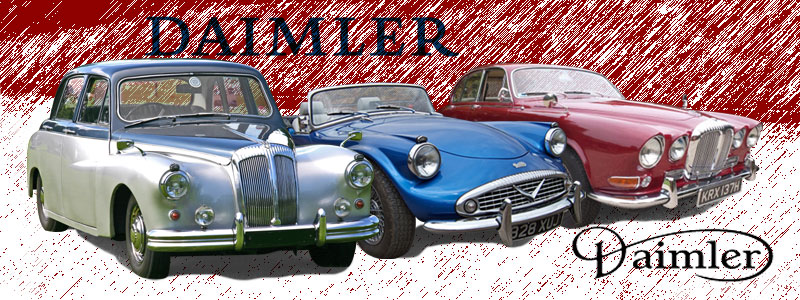|
Daimler was formed in 1896 by Fredrick Simms,
he acquiring the patent rights to sell Gottlieb
Daimler’s 1 horsepower motorboat engines;
more importantly Simms was also able to retain
the Daimler name. The same year the Daimler Motor
Syndicate would enter into car production at
their newly established facility in Coventry,
soon after garnering Royal patronage when the
Prince of Wales (later Edward VII) was given
a ride in a Daimler by John Scott-Montagu,
Lord Montagu of Beaulieu. In 1907 Daimler introduced
the now trademark fluted grille, then in 1908
it acquired the license to build the “Knight” sleeve
valve engines for its automobiles. During World
War 1 Daimler manufactured engines for the Little
and Big Willie, the worlds first ever tanks,
in addition to engines for scout vehicles, planes,
ambulances, trucks and double-decker buses!
In
1920 the company merged with AEC to form the
Associated Daimler Company to build commercial
vehicles. During World War 2 the company is best
known for its manufacture of the “Ferret”,
a stoic armored car that would do service in
over 136 countries around the world. After the
war Daimler lost its way, creating too many models
and selling too few, in many respects becoming
the play thing of one Lady Norah Docker. Jaguar,
on the other hand, could barely keep up with
demand and, with Daimler ripe for the picking,
realized it would provide both an up-market division
and much needed extra production facilities.
In 1960 Jaguar would acquire Daimler, shortly
after arguably the prettiest and most highly
prized iteration coming to market, the wonderful
SP250 Dart. The halcyon days would be short lived,
with the rationalization of British automotive
manufacturers ensuring some would live on as
mere name plates. Since that time, Daimlers have
simply been "badge engineered" versions
of current production Jaguar sedans, although
they were always fitted with the distinctive
fluted grill, upgraded upholstery, and woodwork – making
them the flagship of the marque. The only truly
unique Daimler model to emerge between 1967 and
1992 was the DS420 Limousine. It is worth noting
that coachbuilders Vanden Plas were merged into
BMC, and then assigned to the Daimler group in
1966, a name used for the US market
instead of Daimler to ensure no confusion with
the German competition.
|
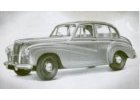 |
|
1953 - 1956
Daimler replaced its elderly Consort model with an all
new 'Conquest' model in 1953. The new Conquest had a shorter
overall length and consequently less weight than the old
Consort and was of a more modern design, finally leaving
the pre-war styling cues behind. More >>
|
 |
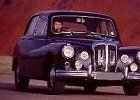 |
|
1959 - 1968
An unlikely high performer the Daimler Majestic was fitted
with a brand new 4.7 liter hemi-head V8 that gave the
vehicle a top speed of 193 km/h. Quicker than rival Jaguars
and an astonishing 0 to 100 km/h in 9.7 seconds. More >>
|
 |
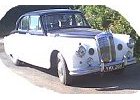 |
|
1959 - 1968
This striking coupe built on the "104" chassis,
so called because the prototype topped 104mph was made
by Mulliners using a composite alloy/steel construction.
Technically known as the 4 light saloon it became universally
known as the Sportsman Coupe. Performance easily exceeded
the 104 mph due to lighter weight and superior aerodynamics.
Daimlers records, never complete at the best of times
show app 69 cars built. More >>
|
 |
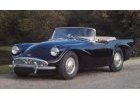 |
|
1959 - 1964
The SP250 was designed to appeal to export markets
- most particularly the USA - but never sold in the
hoped-for quantities, nor was it ever profitable to
its makers. Daimler, in fact, were taken over by Jaguar
in 1960, who persevered with the SP250, eventually
developing two improved versions of it, all with the
same styling. More >>
|
 |
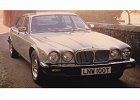 |
 |
1979 - 1987
Introduced in March 1979, the Series III versions
of the Jaguar/ Daimler range represented a successful
attempt to broaden the appeal of the vehicle with a
number of important modifications which, most notably,
modernized its appearance. More >>
|
|
